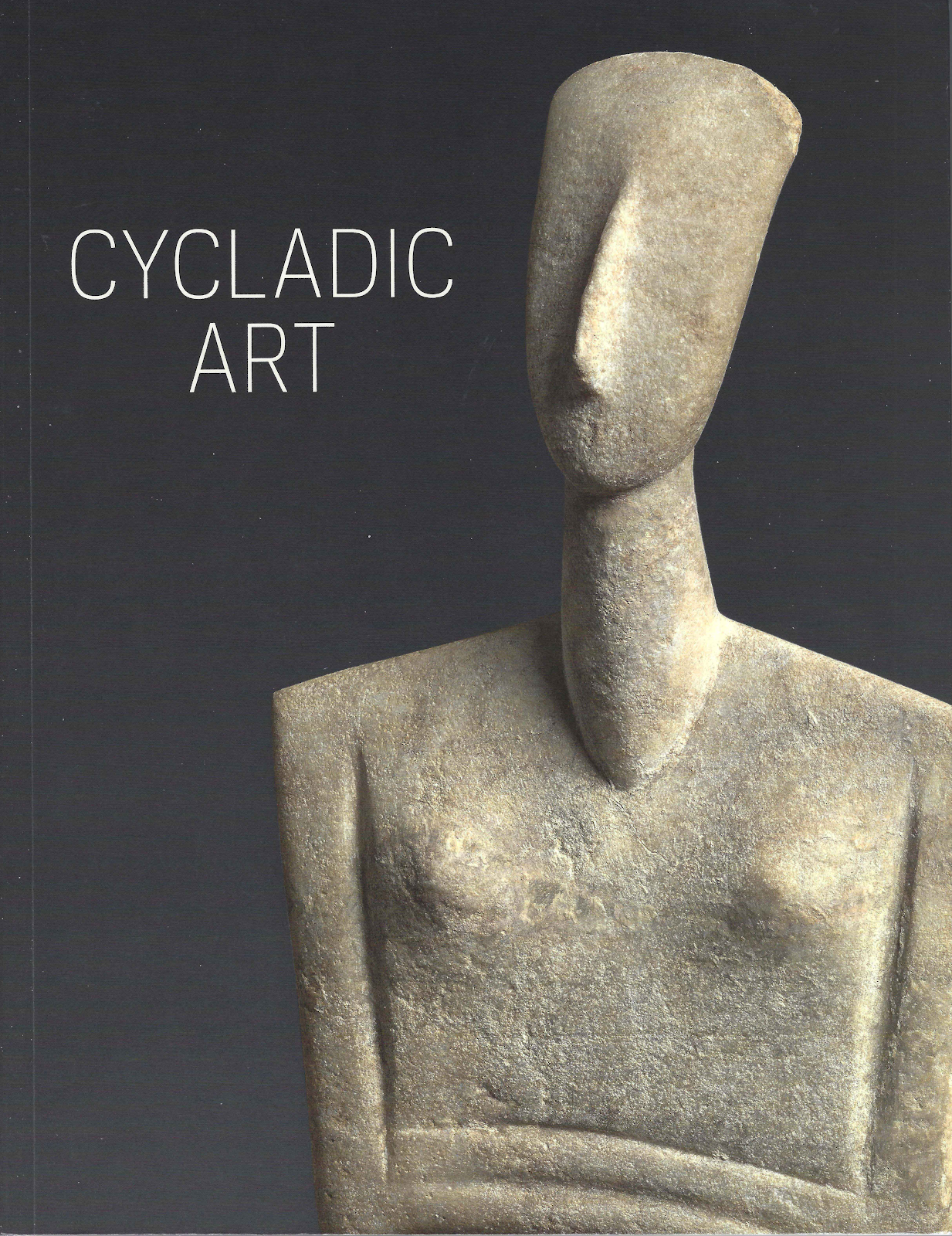Among the returns to Italy from the Michael Steinhardt collection are three bronze feet in the form of gorgons with outstretched arms. The three gorgons appear to have featured in the catalogue for the Royal-Athena Galleries (2012). They were presented with the following history:
One ex Leo Mildenberg collection, acquired in the 1960s; two ex private collection, Ticino, Switzerland, acquired in the 1960s.
According to the legal papers relating to the Steinhardt case, Jerome Eisenberg acquired the bronzes for $105,000 from Jurgen Haering Gallery of Freiberg at the Basel Ancient Art Fair (November 2010).
But what about the earlier history? The bronzes are reported to feature in the Becchina archive. The legal paperwork suggests that Becchina sold them to Vincenzo Zuchetto for SF 100,000 (May 1, 1985). It is unclear when the bronzes moved to Freiberg. The legal papers suggests that Haering claimed that the feet came from the ‘collection Mildenberg, Zurich, Switzerland, since the 1960s’.
The legal paperwork makes interesting reading. It is stated that while the gorgons were still in the hands of Royal-Athena Galleries, Erdal Dere, owner of Fortuna Fine Arts, contacted Steinhardt claiming that the feet were in the possession of Verena Brunner who would not part with them for $125,000 (September 4, 2014). The very next day the gorgons were sold to Fortuna Fine Art for $130,000 (September 5, 2014) and on the same day Fortuna Fine Arts sold them to Steinhardt for $150,000 (September 5, 2014). The invoice from Fortuna fine Arts is claimed to state:
Ex. Old Private European Collection (Ticino, Switzerland, 1960s). Ex. Dr. Leo Mildenberg Collection, Switzerland 1960s to Verena L. Brunner, Niece of Dr. Leo Mildenberg. Michigan 1980s to Present.
The story then gets more complicated. The Manhattan DA's investigation then discovered that Mildenberg's niece, Verena Brunner, had never apparently spoken to Erdal Dere, and that she had not seen the gorgons until she was shown a photograph as part of the Steinhardt investigation. The Manahttan DA also contacted the executor of the Mildenberg estate who stated that the gorgons had not formed part of the estate. It was also suggested that gorgons would not have been the sort of object that would have been collected by Mildenberg.
How did these gorgons enter the market? What is the evidence that they formed part of the Mildenberg collection? How and when did they pass, or were supposed to pass, from the Mildenberg and two private collections to Becchina? What is the authenticated documentary evidence?
I am grateful to Associate Professor Christos Tsirogiannis for discussing this with me.



























